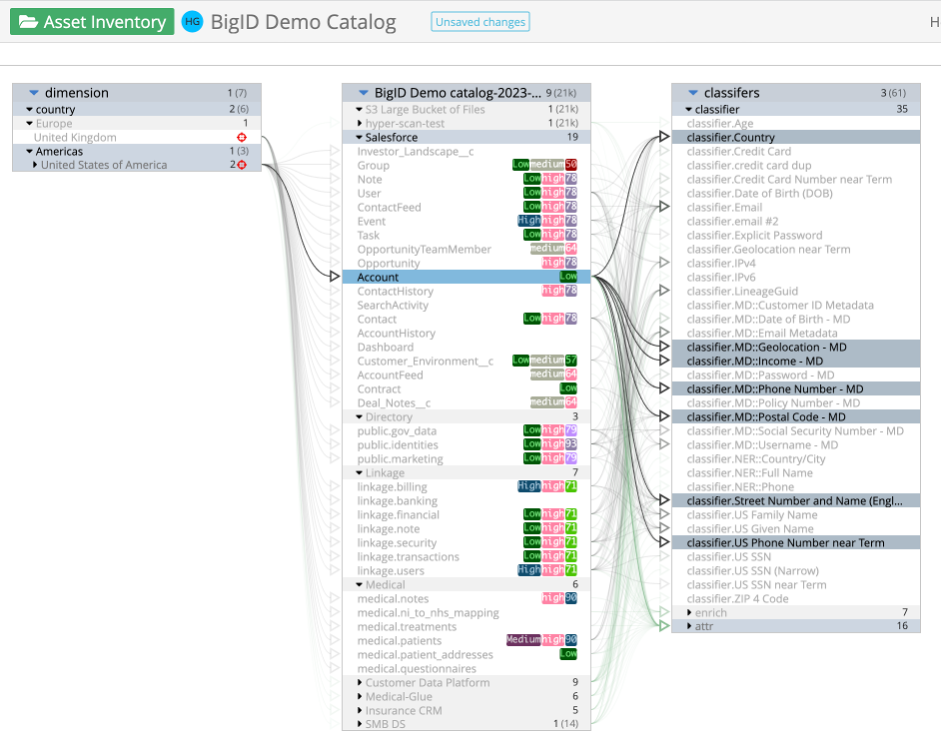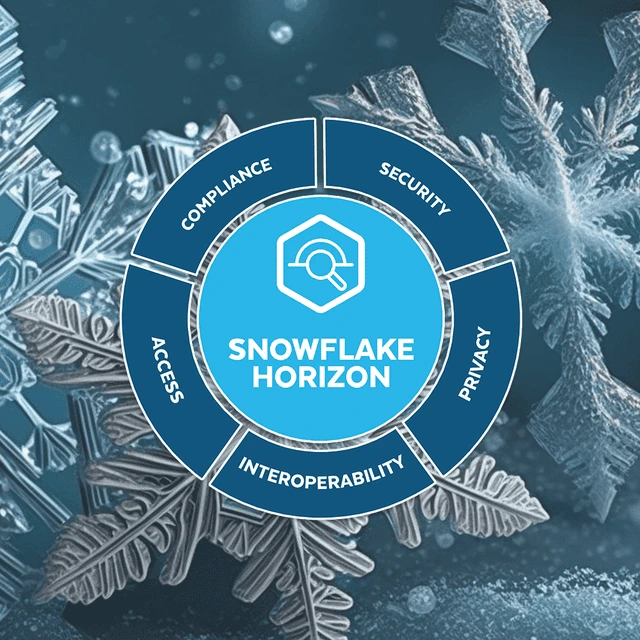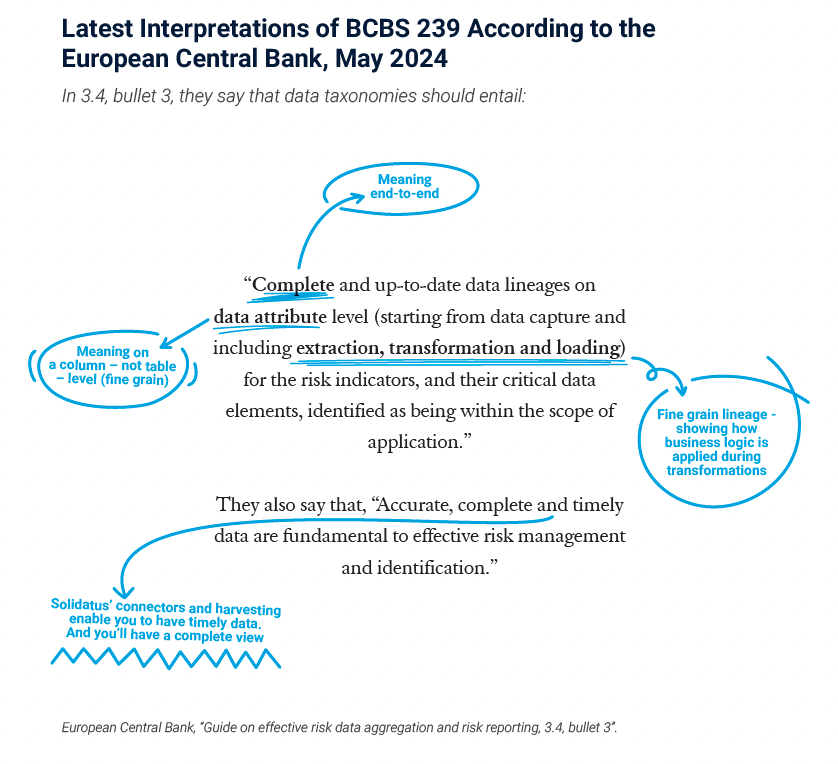Combining data and metadata management: the lowdown

Last month, Lexology reported on the new data standards that will form a part of the National Defense Authorization Act (NDAA)
Requiring the US Treasury Department “to set, and other federal regulators to implement, data reporting standards for the financial entities that they regulate,” it’s just one example of the many new regulatory hurdles – not just in the US but around the world – that data practitioners within banks and other regulated industries are having to navigate.
Against this backdrop, our recent announcement that Solidatus and BigID are partnering to extend data governance will be hugely welcome, as it’ll satisfy increasing user demand for a unified solution to expose, link and visualize organizational metadata that enables actionable insights from quality, privacy and security data.
But in this short blog post, we’ll dig a little deeper, asking:
- Who BigID are;
- What this partnership means for clients;
- The key benefits of tapping into this partnership as a user of both services; and
- What it will enable you in your work.
Who are BigID?
BigID are a leader in data security, privacy, compliance, and governance: enabling organizations to proactively discover, manage, protect, and get more value from their data in a single platform for data visibility and control.
Combining this data platform with the Solidatus metadata governance and lineage capability gives clients full management and control of both their data and their metadata, ensuring full control and transparency that is critical for successful data management.
BigID helps clients manage the scope and scale of their enterprise data across multiple cloud instances.
What does this partnership mean for clients?
Linking your BigID infrastructure with your Solidatus enterprise lineage modelling allows you to:
- Enrich your Solidatus models with the advanced metadata within BigID; and
- Help visualise the complexity of your enterprise data within BigID.
The combination allows you to:
- Get value from your BigID implementation faster;
- Get a consistent view across your BigID and legacy environments; and
- Reduce the risk of migration legacy systems to BigID.
What are the key benefits of this approach?
Using Solidatus to visualize and understand the structure and scope of metadata within BigID allows firms to gain insight into the source, flow, and use of data across the entire organisation. Key benefits include:
- Increases knowledge and understanding of data in the organization
- Ability to apply views and filters specific to business users and help gain trust and confidence
- Speeds up implementation of BigID in complex environments
- BigID can deliver additional metadata to Solidatus, which enriches the lineage models and increases accuracy and confidence
- Speeds up adoption by making the data visually available in an easy-to-understand format for all stakeholders
- Allows consistent views across BigID and legacy platforms, bringing consistency and understanding
- Visual approach valuable for assurance and compliance
- Creates a valuable change management tool for business changes and migration efforts
What does this enable?
Combining these two platforms allows clients to:
- Enrich the enterprise blueprints in Solidatus with BigID-sourced data, such as: data quality; data classifications; and volumes etc
- Help visualize the complexity within BigID
- Help to capture and share knowledge of the enterprise data across the organization
- Reduce the risk of losing knowledge within the organization if key resources leave or are unavailable
- Model regulations and corporate policies within Solidatus and link to the practical implementation of obligations to the impacted data
- Bring all the components of your front-to-back flows into one, unified view
To wrap up, let’s whet your appetite with a view of what some BigID catalog info looks like when mapped into a Solidatus model.











